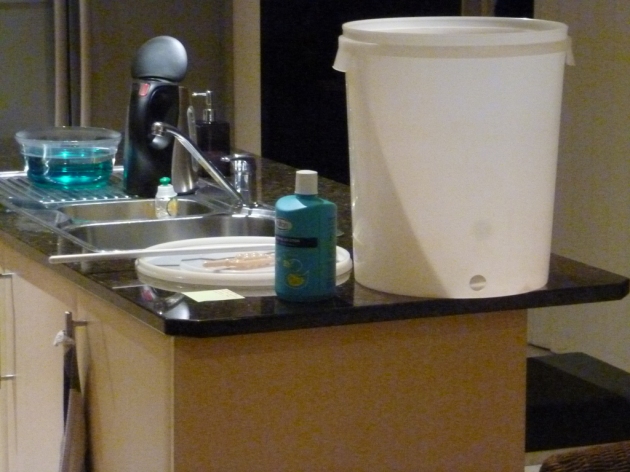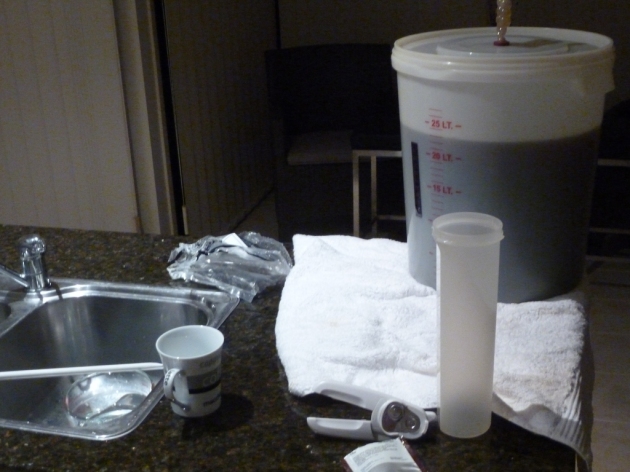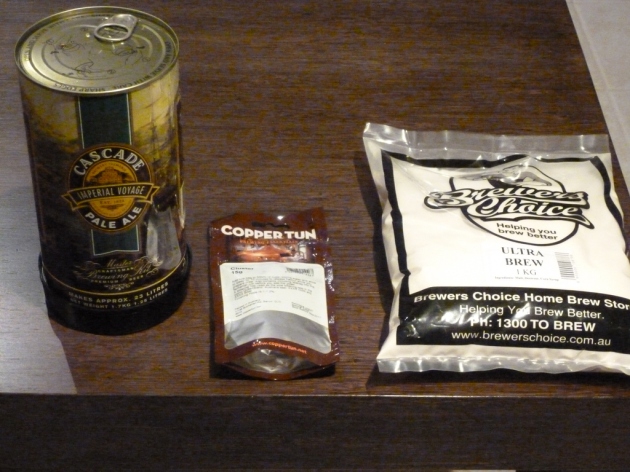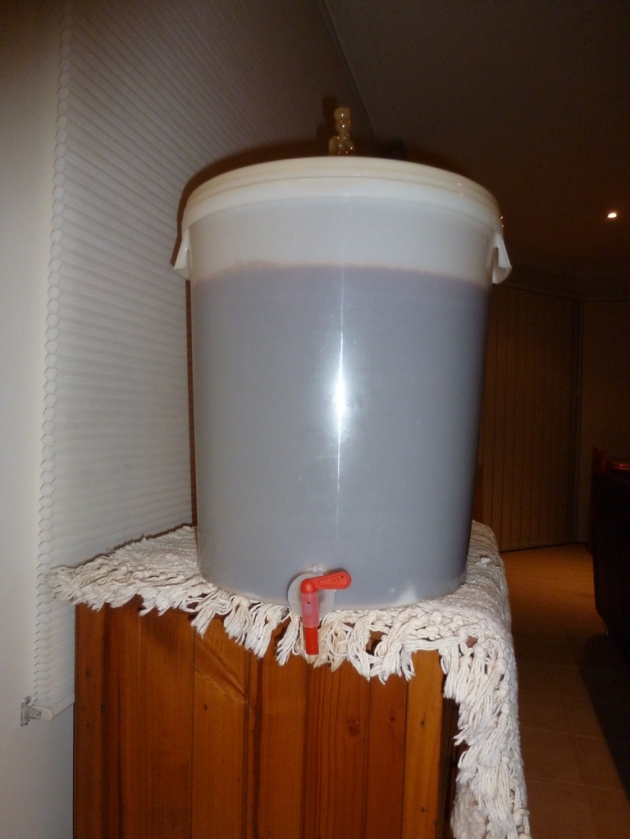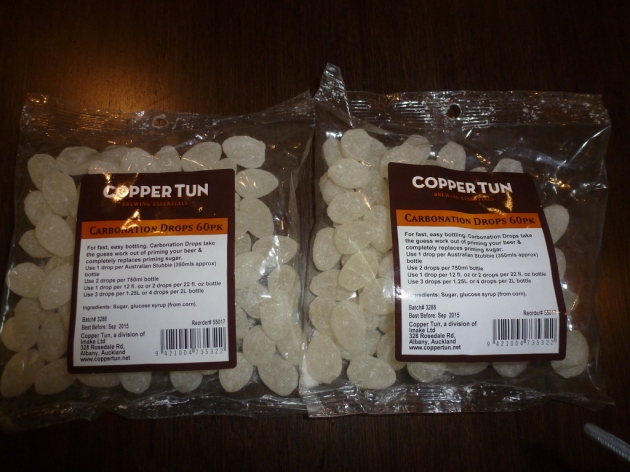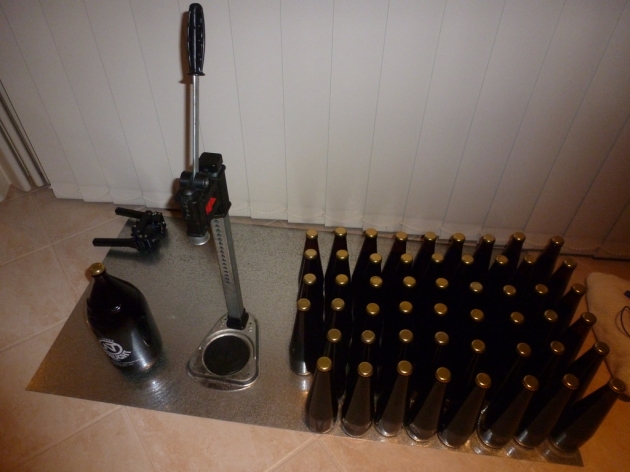Dusting off old tech: Setting a daily unattended FM recording
April 14, 2014
Listeners may have a need for daily recordings of certain desirable FM broadcasts such as music programmes or sporting event calls. The use of online streaming to time shift broadcasts may offer an easy solution, but problems still exist:
- Potential loss of audio quality, due to artifacts (audio distortion) associated with low bitrate streams
- Anxiety over burning through the monthly internet data allowance, or the
- Ever-increasing prevalence of ‘geoblocking’ due to music licensing restrictions.
Perhaps the radio recording app doesn’t permit recording of distant FM stations on the smart phone?
Enthusiasts who pursue long distance FM reception may need to monitor a specific vacant frequency every day to check the presence of signals propagated via Sporadic E or tropospheric ducting, especially during summer. This technique is often referred to as recording DX audio.
The ultimate solution to their specialist needs is to purchase a Software Defined Radio (SDR). An SDR probably represents the most efficient way to participate in long distance FM reception, without the often exhausting and time consuming burden of ‘live listening’ when propagation conditions happen to be favourable.
But many FM enthusiasts cannot justify the outlay of approximately $1,400 on a Micro Telecom Perseus Software Defined Receiver (SDR) with an FMplus down converter. And when one takes into account the minimum hardware requirements, their fellow Italian counterparts including the Elad FDM-S1/PDC-FM combination or FDM-S2 are not much cheaper either.
Recording FM broadcasts… on the smell of an oily rag!
By using simple but effective old technology, setting a daily unattended FM recording remains easily within reach for everybody.
There are likely to be numerous ways of achieving this, using an old computer. To implement this blogger’s preferred method, the following equipment is required:
- Microsoft Windows XP operating system (or above)
- Leadtek Winfast TV2000XP FM tuner card (or equivalent)
- Rooftop FM/VHF/UHF antenna connection with ferrite chokes clipped onto cables.
The following equipment (as used in the final step) is desirable:
- Desktop computer with a Bios that supports Auto Switch On.
The Leadtek Winfast TV2000XP is a sensitive FM tuner card which is readily available for $5 – $15 on the second hand market. The card has software available for Windows 7, Vista, XP and 2000. For simplicity, XP will be used in this guide since the TV2000XP software was optimized for this operating system.
Flexibility
Although the three mandatory steps below might initially look daunting, the beauty of this technique is that performing these steps is generally only required once. Furthermore, the technique is not restricted to unattended software recording tasks. To fully automate another task (such as a virus & malware scan) replace this task into steps one and two.
Virtually any old desktop PC (manufactured after 2002) should be a candidate for such ‘old school’ simplicity. It’s perhaps an opportune time to dust off disused Windows XP computers which may not be cost effectively upgraded to Windows 8 operating system after Microsoft’s cessation of support.
FIRST STEP – Setup Winfast FM in Windows Startup
A
Click on START
Search hard drive for WFFM.exe
Note which directory this application file resides in, for example: E:\Program Files\WinFast
B
Click on START
Search hard drive for Startup
In the list of results, there will be Startup next to a folder named something like:
E:\Documents and Settings\joebloggs\Start Menu\Programs
Click on Startup and leave window open.
C
Click on START
Click on RUN
Type in E:\Program Files\WinFast (or whatever directory it is, obtained from step A)
Locate WFFM.exe
Right click CREATE SHORTCUT
Drag the newly created shortcut into the Startup folder left open from step B.
Restart the computer. Please ensure Winfast FM starts up automatically.
Hint: Tuber Guru Fuel has made a video if the author’s approach (above) looks too boring to even contemplate!
SECOND STEP – Setup the timer in Winfast FM
The desired channel, number of hours and recording quality must be chosen in this step. Specific days may be chosen. For example, every Monday between 7-10 pm, Monday night football may be recorded.
Obviously, please ensure that the chosen frequencies (radio stations or vacant channels) to be recorded have been added in. To do this, click on CONFIGURATION button in Winfast FM and navigate to the CHANNEL LIST on the top centre.
Ensure antenna is connected and enter the schedule as follows:
Click on CONFIGURATION button in Winfast FM
Click on SCHEDULE button on the top right
Click on ADD at the bottom left
Under ACTION select RADIO RECORD
Under CHANNEL pick the frequency
Under FORMAT choose a PCM or a compressed format if disk space is tight
Under DAILY tick the applicable days
Under FROM select the Start Time
Under TO select the End Time
Double check details and select OK. Please take note of End Time and Start Time chosen.
For additional information on setting an FM recording schedule please click on the ? button within the software.
Ideally run a test scheduled recording consisting of a few minutes duration. Once complete, please check the contents of the recorded file to ensure it contains the desired broadcast.
THIRD STEP – Setup shutdown in Windows Scheduled Tasks
The aim is to ensure the computer switches off after recording. Blogger the Spinning Donut has a step-by-step guide and video for guidance.
Ideally run a test scheduled shutdown for a few minutes into the future. Once the system is shut off, please restart it.
When setting the time for daily shutdown, please use the End Time specified in step two, but add an additional 5 minutes. For example, if the End Time of the radio recording in Winfast FM Schedule is 11:30 please ensure the Windows shutdown is set for 11:35.
This allowance will ensure that the end of the recording is written to the hard drive, meaning that a valid sound file will consequently be playable with all audio software.
Hint: Third party software that will schedule a daily Windows shut down may be used as an alternative.
FOURTH STEP – Setup daily startup in BIOS
The aim is to ensure the computer switches on before recording, an optional but desirable process.
A PC World Wiki contains a step-by-step guide to Wake System settings with screen shots.
When performing this final (and the simplest) step, please take note of the Time and Date configured in the Bios. Ensure that the WAKE UP TIME / RTC ALARM TIME selected in the Bios is before the Start Time chosen in Step two. For example, if one sets the system to wake 10 minutes prior to the recording Start Time set in the FM recording scheduler, this ‘factors-in’ the starting up delay of Windows.
These screen shots show the settings to configure the computer to wake at 0730 hours every morning. Each Bios may be slightly different, if in doubt please refer to the printed instructions supplied with the motherboard.
If Daily is not listed in the Bios facility, ensure the WAKE UP DATE / RTC ALARM DATE is to be set to 0 for daily system wakes. Whilst it is very simple, as always a trial run is recommended to ensure familiarity with the date and time format. Finally, don’t forget to save WAKE SYSTEM / RTC ALARM settings to CMOS when exiting the Bios facility! With this Bios, F10 does the trick.
Hint: Obviously when there is no longer any ongoing requirement to automatically start the PC for daily recording etc. it may be convenient to DISABLE the above WAKE SYSTEM / RTC ALARM settings!
Practical considerations
Some computer Bios facilities may not offer a Wake or Alarm System setting where the computer will switch on without intervention, as described in step four. Nonetheless, under those circumstances one can still follow the instructions to schedule recordings to commence and then shutdown, as listed in steps one to three above. Of course, one must be home to physically start the computer or already be using the computer for other tasks. For this reason, the provision for WAKE SYSTEM FROM S5 or similar Auto On facility in the Bios is considered a prerequisite for implementing a fully unattended recording system as proposed in this guide.
Step four will not work if the User Accounts in Windows XP (above) are set to require users to enter passwords & / or press Control-Alt-Delete as a security measure on Windows startup to operate software. These logins require user intervention, which is incompatible with the goal of unattended recording. These Windows logins are easily disabled (reference video). Moreover, password protected logins are overkill for old desktop computers that are not connected to the internet, but dedicated to the task of recording!
Alternative Power Management features such as reduced power Hiberation or Standy By modes are beyond the scope of this guide. The method above allows for maximum power saving. Since the computer system is only operational when required, there is also no potentially annoying fan and hard drive mechanism noise; older desktops can indeed be noisy.
Once it has been established that settings are configured properly during a test run, daily recording settings can be implemented. Enjoy the automation and the maintenance of old tech!
Testing: the method has been tested numerous times with several disused single-core CPU (3 GHz) computers using ASRock K7VT6 & Asus P5GZ-MX motherboards. These of course, feature a Bios that supports Auto Switch On.






























































